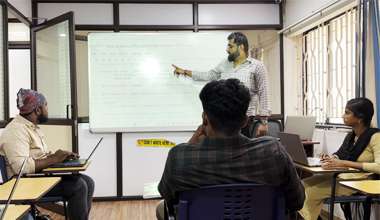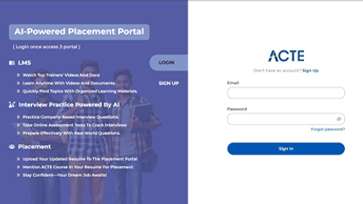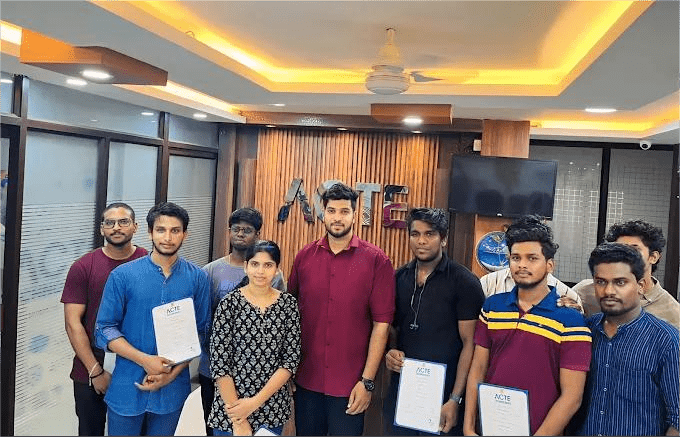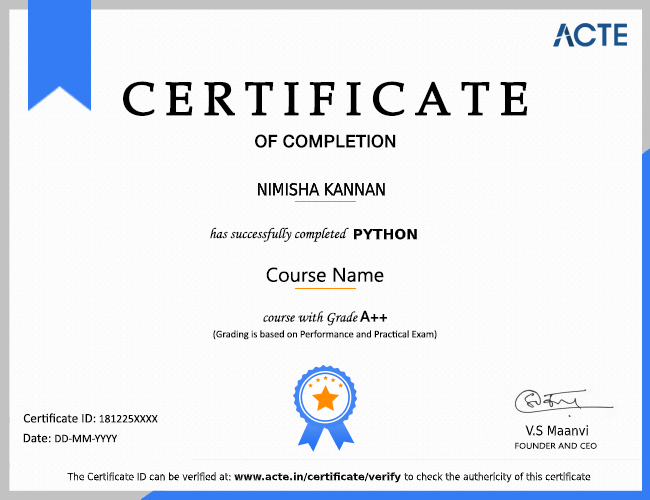1. How do you guide a team that is hesitant to adopt Agile practices?
Ans:
Facilitating Agile transformation begins by understanding the team’s concerns and educating them on the benefits of Agile. Gradual introduction of Agile practices through workshops, mentoring and continuous feedback helps build confidence. Leading by example and demonstrating small wins encourages adoption and ensures a smooth transition.
2. Can you share an experience when your team missed a sprint goal and how it was addressed?
Ans:
When a sprint goal is missed, the situation is analyzed to identify the root causes. A retrospective is conducted to uncover areas for improvement and the backlog is reprioritized with Product Owner. Changes are implemented to prevent similar issues in future sprints, ensuring lessons are learned and applied.
3. How do you manage stakeholder expectations while considering the team’s capacity?
Ans:
Balancing stakeholder expectations with team capacity requires transparent communication and setting realistic commitments. Metrics like velocity and capacity planning help define achievable goals, while ensuring stakeholders understand limitations and what can be delivered without overburdening the team.
4. Which metrics are most useful to evaluate Scrum team performance?
Ans:
Key metrics include sprint velocity, burndown charts, cycle time, lead time, defect density and team satisfaction. By keeping track of these, you can keep an eye on developments, identify bottlenecks early and promote ongoing process and team improvement.
5. How do you address team members who are not actively participating in Scrum practices?
Ans:
Lack of engagement is addressed by identifying underlying reasons and providing targeted coaching. Encouraging participation in meetings, assigning responsibilities aligned with individual strengths and offering continuous feedback with positive reinforcement helps motivate team members to contribute effectively.
6. How is cross-functional collaboration encouraged within Agile teams?
Ans:
Cross-functional collaboration is fostered by promoting open communication, organizing knowledge-sharing sessions and encouraging pairing or peer reviews. Creating a culture where team members support each other and work toward shared goals strengthens collaboration and overall team performance.
7. Can you describe a situation where significant obstacles had to be removed for the team?
Ans:
In cases where blockers delay progress, collaboration with stakeholders and escalation of issues as needed ensures timely resolution. Arranging resources and following up daily allows the team to continue delivering without disruptions, keeping the project on track.
8. How is continuous improvement encouraged within a team?
Ans:
Continuous improvement is promoted through regular retrospectives, encouraging constructive feedback and recognizing achievements. Gradual implementation of process changes and fostering a culture that values learning from mistakes helps the team grow and enhance performance over time.
9. How do you manage Scrum practices for distributed or remote teams?
Ans:
Managing distributed teams requires effective use of collaboration tools, scheduling meetings that consider time zones and maintaining clear communication. Documenting processes and decisions while regularly checking in ensures engagement and fosters a cohesive, productive virtual team environment.
10. How are Scrum practices aligned with organizational goals, such as those at HCL?
Ans:
Scrum practices are aligned with organizational objectives by ensuring each sprint delivers measurable value that supports business goals. Progress is communicated to stakeholders, transparency is maintained and the team is guided to focus on deliverables that directly contribute to strategic priorities.

























